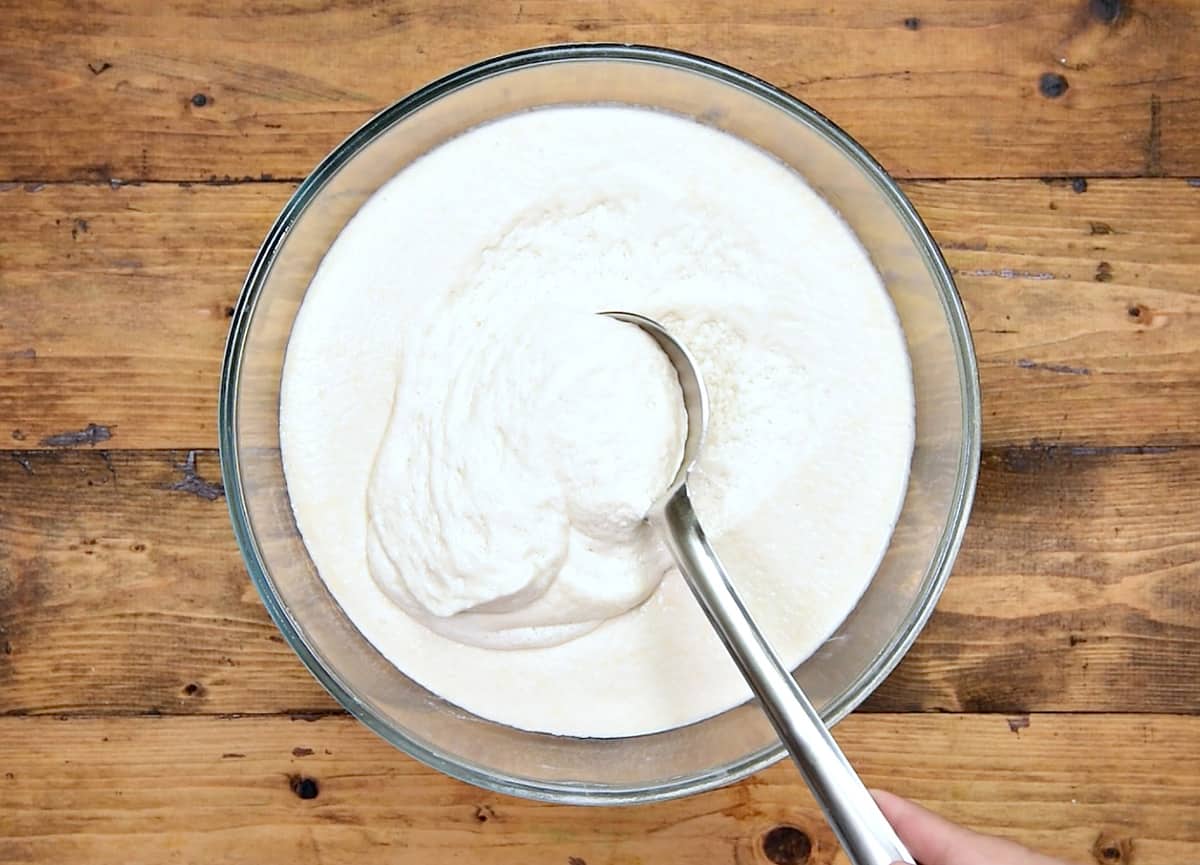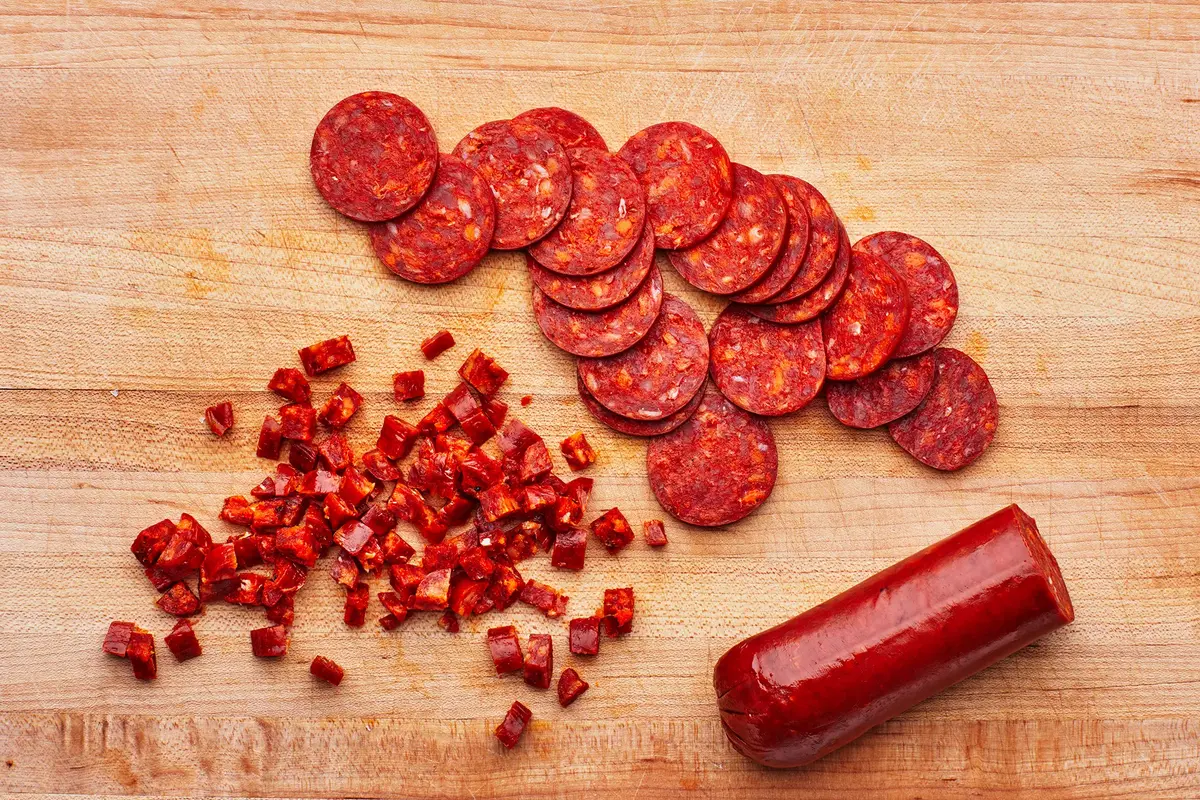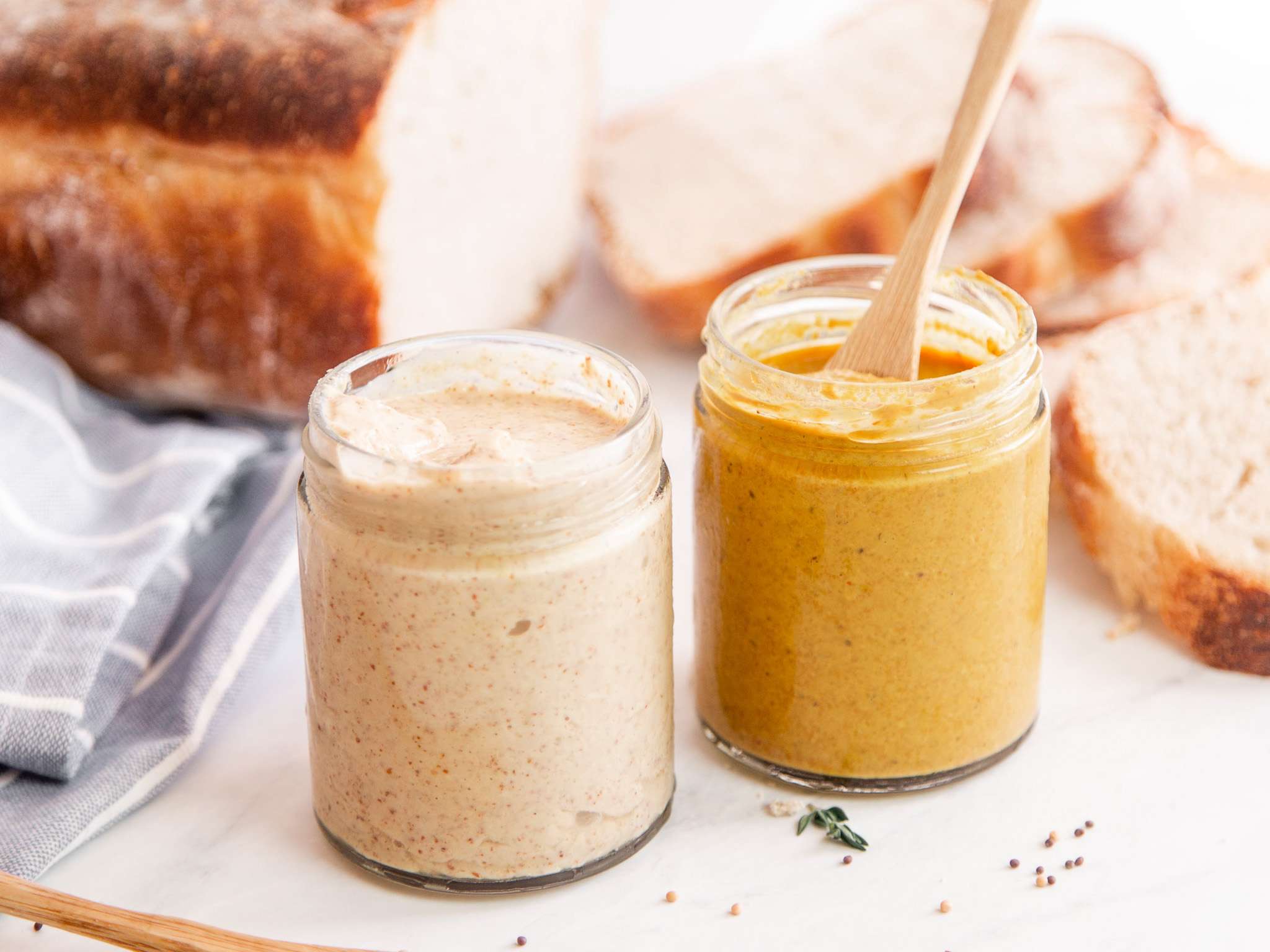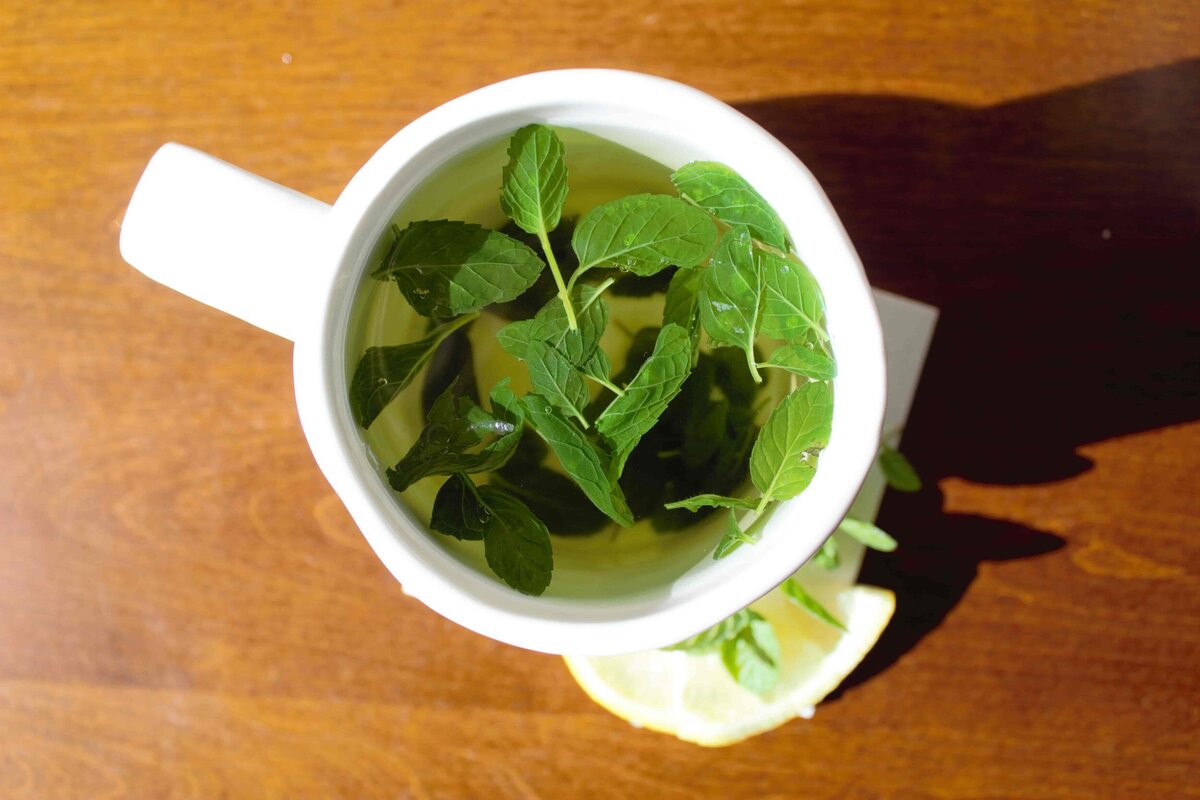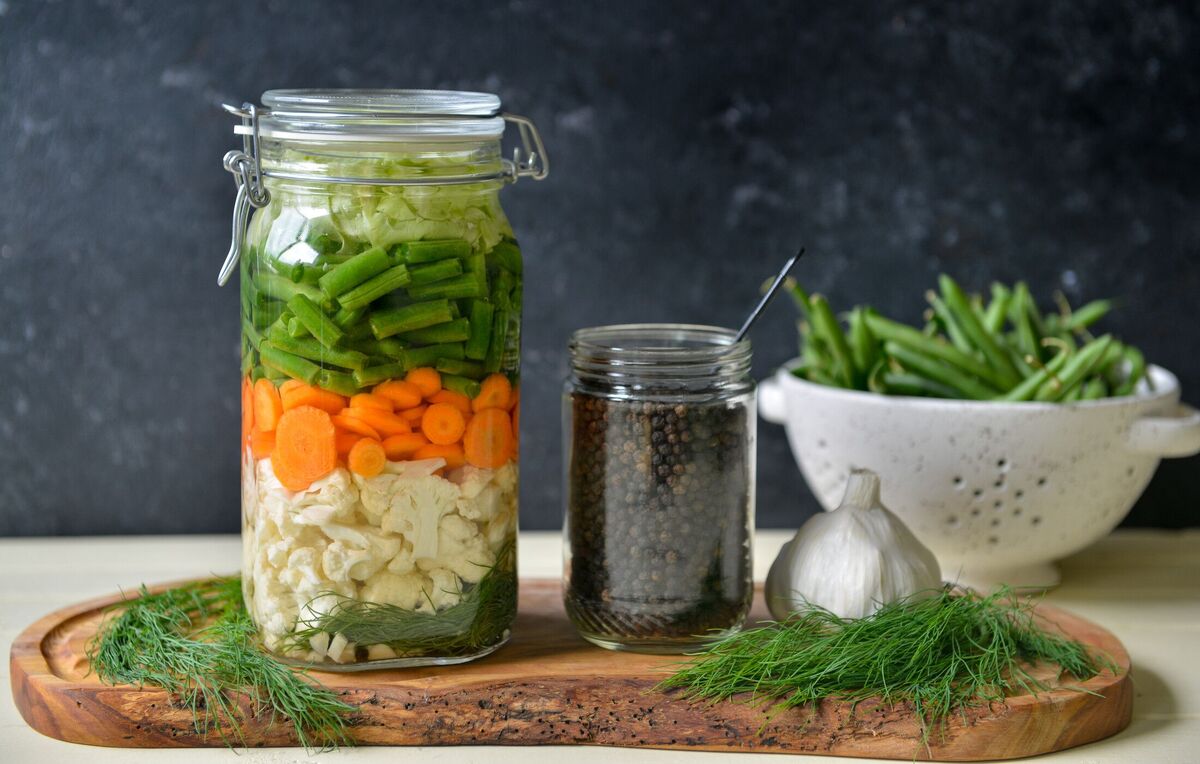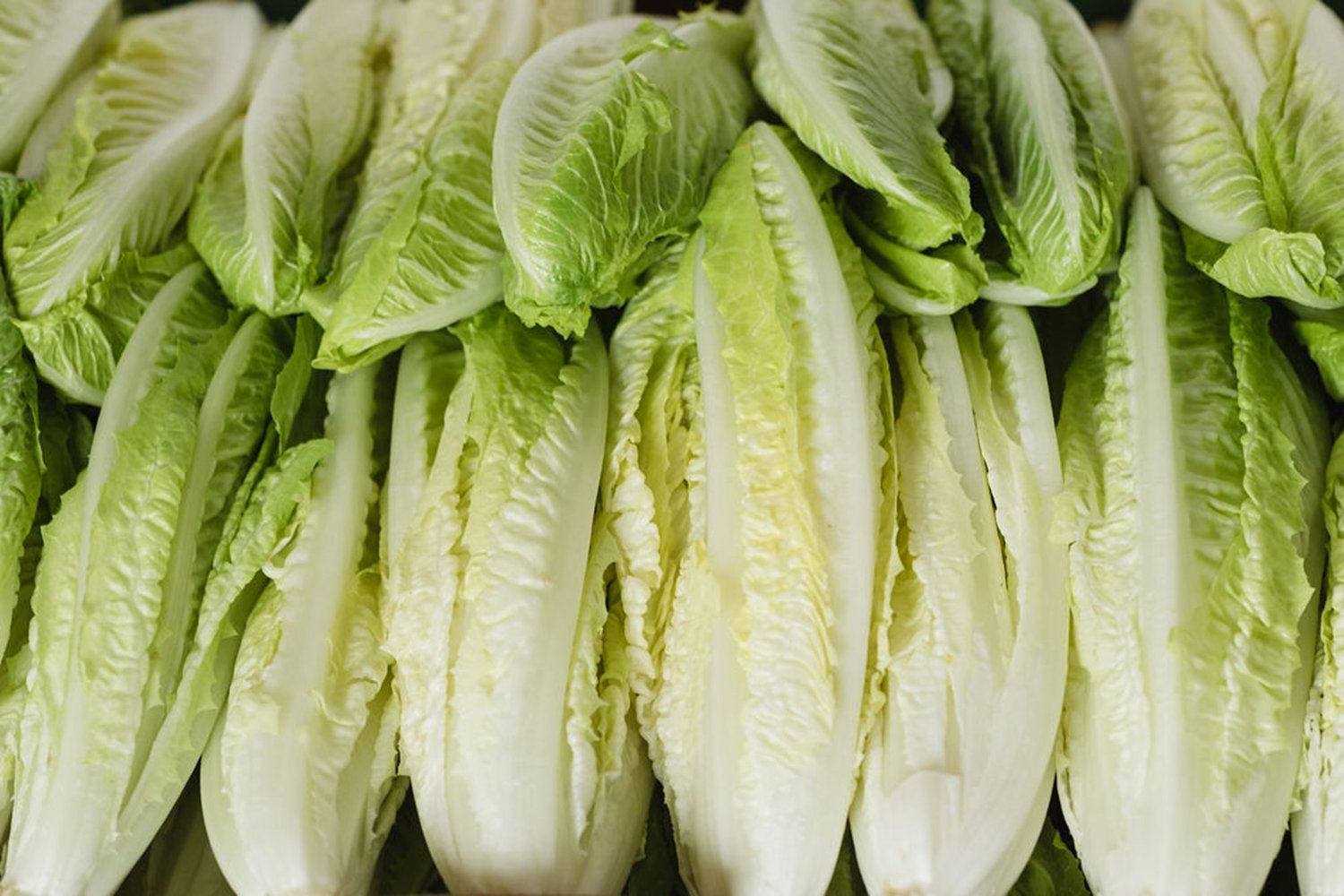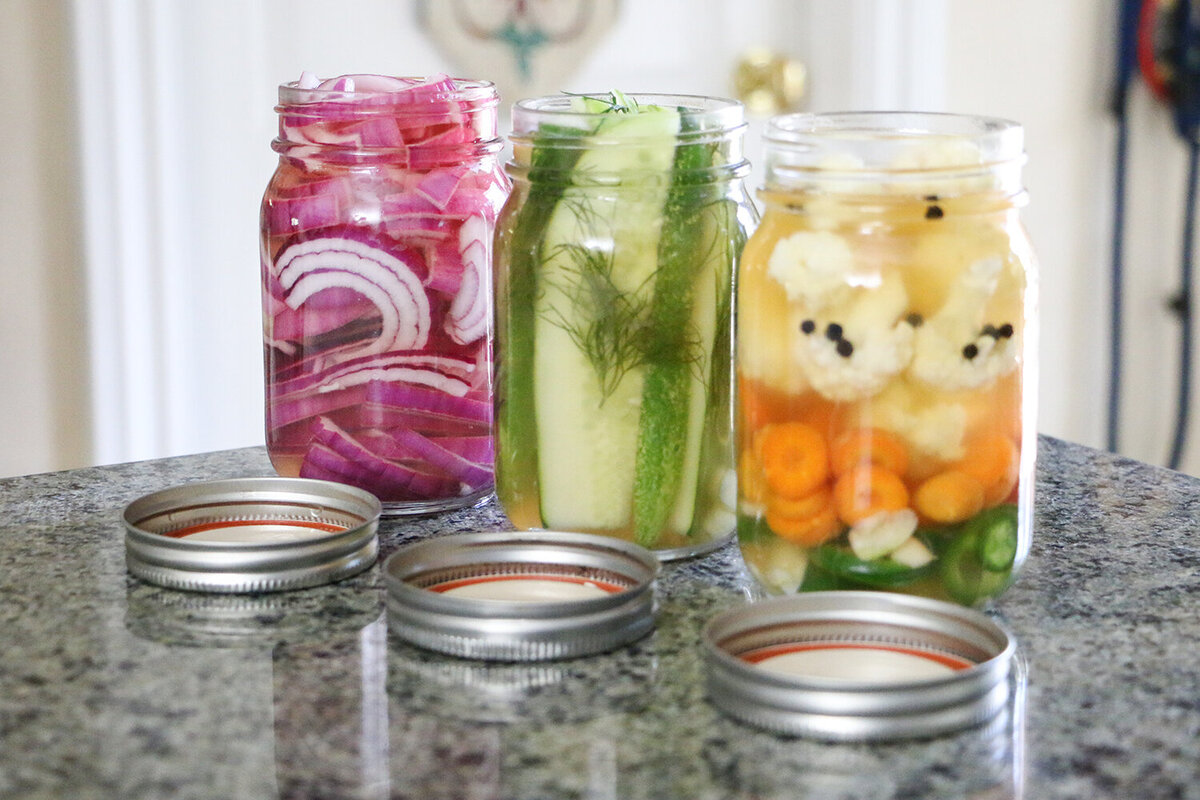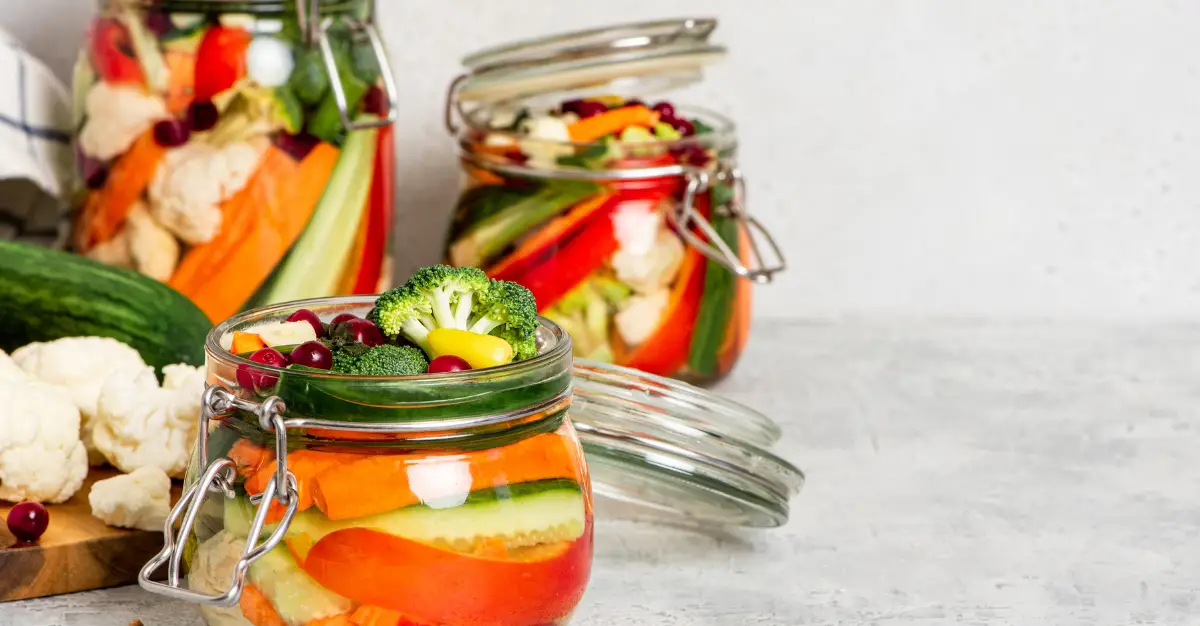Unlocking the Goodness of Pumpkin Seeds Through Fermentation
Growing pumpkins in your garden can be a rewarding experience. Not only do you get to enjoy the vibrant colors and delicious flesh of the pumpkin, but you also get to harvest the nutrient-packed seeds inside. While pumpkin seeds are commonly roasted and enjoyed as a snack, fermenting them can unlock even more nutritional benefits. In this article, we’ll explore the process of fermenting pumpkin seeds and the numerous benefits it offers.
Why Ferment Pumpkin Seeds?
Fermentation is a natural process that involves the breakdown of carbohydrates and other organic compounds by microorganisms. When it comes to pumpkin seeds, fermenting them can enhance their digestibility and nutritional value. Additionally, the fermentation process can help to neutralize enzyme inhibitors and phytic acid present in the seeds, making their nutrients more accessible to the body.
Steps to Ferment Pumpkin Seeds
Ready to try fermenting your pumpkin seeds? Follow these simple steps:
- Harvest the Seeds: After scooping out the seeds from a fresh pumpkin, separate them from the pulp and rinse them thoroughly to remove any remaining flesh.
- Soak the Seeds: Place the cleaned seeds in a bowl of water and add a tablespoon of salt for every 2 cups of seeds. Allow the seeds to soak in the saltwater solution for 8-12 hours.
- Drain and Rinse: After the soaking period, drain the seeds and rinse them well under running water to remove the excess salt.
- Fermentation: Transfer the rinsed seeds to a clean, sterilized jar. Cover the seeds with water and place a lid loosely on the jar to allow for airflow. Let the seeds ferment at room temperature for 2-3 days.
- Storage: Once the seeds have fermented, drain and rinse them again. They can be stored in the refrigerator for several weeks or dried for longer storage.
Benefits of Fermented Pumpkin Seeds
So, what makes fermented pumpkin seeds worth the effort? Here are some of the benefits:
- Improved Digestibility: Fermentation breaks down complex compounds in the seeds, making them easier to digest.
- Enhanced Nutrient Absorption: The reduction of enzyme inhibitors and phytic acid can improve the body’s ability to absorb the nutrients present in the seeds.
- Probiotic Content: Fermented foods are known to contain beneficial probiotics that support gut health.
- Rich Flavor: Fermented pumpkin seeds develop a unique tangy flavor that adds a delightful twist to recipes.
Ways to Enjoy Fermented Pumpkin Seeds
Once you have successfully fermented your pumpkin seeds, there are several ways to incorporate them into your diet:
- Snack: Enjoy the fermented seeds as a wholesome snack on their own or mixed with dried fruits and nuts.
- Salads: Sprinkle fermented pumpkin seeds on top of salads for a crunchy and nutritious boost.
- Baking: Add fermented seeds to bread, muffin, or cookie recipes for a unique twist.
- Trail Mix: Combine fermented pumpkin seeds with other seeds and nuts to create a custom trail mix.
By fermenting your pumpkin seeds, you can elevate their nutritional profile and add a new dimension of flavor to your culinary creations. Whether you enjoy them as a snack or incorporate them into your favorite recipes, fermented pumpkin seeds are a versatile and healthy addition to any diet.
So, the next time you carve a pumpkin, don’t discard the seeds. Instead, embark on the fermentation journey and discover the goodness that lies within these tiny, nutrient-rich gems!
Was this page helpful?
Read Next: How To Ferment Vegetables With Kombucha
